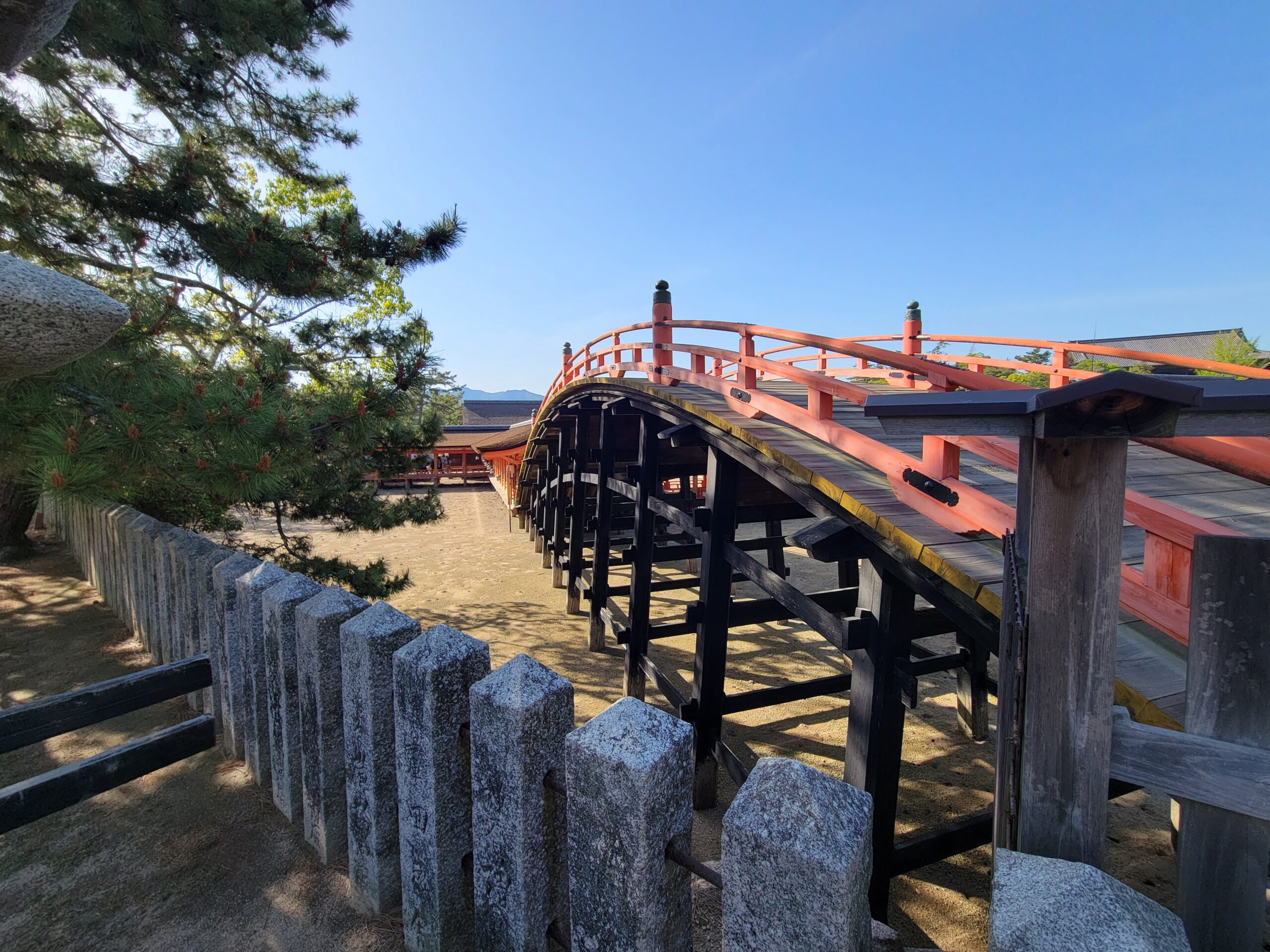「平家物語」の冒頭にある「祇園精舎の鐘の声、諸行無常の響きあり」という文は、日本の古典文学における無常観を象徴的に表現しています。この冒頭は、仏教の教義を反映しており、特に「諸行無常」という言葉は、すべてのものが変化し、永遠ではないという考え方を示しています。
### 解説のポイント:
1. **無常観**:
– 「諸行無常」は仏教の中心的な教えの一つであり、すべての存在は変わりゆくものであるという認識を与えます。人生や物事は常に移り変わり、永遠に続くことはないという思想です。
2. **時間の流れ**:
– 「祇園精舎の鐘の声」が響くことによって、聴衆は鐘の音を通じて時間の流れを感じ、その音が持つ一時性や儚さを思い起こさせます。
3. **歴史的背景**:
– 平家物語は、平氏と源氏の争いを描いており、特に平家の栄華と滅亡を通じて無常の教訓が強調されます。繁栄していた平家が、いかにして最後は滅びるか、その過程がこの無常観と結びついています。
4. **文学的表現**:
– この冒頭は詩的であり、響きやリズムによって読者に深い感情を喚起します。文学としての美しさと、そこに込められた哲学的な意味との融合が、多くの人々に感銘を与えています。
「平家物語」は、人の栄華とその崩壊を描くことで、人生の儚さを強く印象付けています。このテーマは、今もなお多くの人々に共感を呼んでいる重要な要素です。興味があれば、特定の登場人物やエピソードについても掘り下げてお話しできます。
■子供にもわかるような解説を以下に示します。
「平家物語」の冒頭部分を幼い子供にもわかるように解説しますね。
—
「平家物語」は、昔の日本のお話で、特に平家という家族と源氏という別の家族の戦いについての物語です。お話の始まりには、「祇園精舎(ぎおんしょうじゃ)」というお寺の鐘の音が出てきます。
### こんなお話です:
1. **鐘の音**:
– 鐘の音がするっていうのは「チーン」と鳴る音のこと。この音は、いろんな人に何かを思い出させてくれます。たとえば、「すべてのものはいつか変わるんだよ」ということを教えてくれるんです。
2. **無常(むじょう)**:
– 「無常」というのは「変わっていること」を意味します。たとえば、花が咲いてもいつかしぼんでしまうように、良いことも悪いことも、絶対にずっと続くわけじゃないということ。だから、「今は楽しんでいても、いつかは変わることがあるよ」と教えてくれています。
3. **お話の教え**:
– この物語は、平家がとても強くてお金持ちだったけれど、最後には滅んでしまうことを知っています。つまり、お金や力があっても、何でもずっと続くわけではないんだよ、と教えてくれます。
### 結論:
「平家物語」の冒頭は、鐘の音によって私たちに「何事も変わっていく」ということを思い出させてくれる大事なお話なんだよ。だから、今の瞬間を大切にしたり、優しい気持ちで過ごすことが大切だということを教えてくれています。
—
こんな風に、平家物語の始まりは、人生の変化や大切なことを教えてくれるお話なんです!
■英語に翻訳いたしました。
The opening sentence of “The Tale of the Heike,” which goes “The temple bells of Gion Shoja echo the impermanence of all things,” symbolically expresses the concept of impermanence in Japanese classical literature. This introduction reflects Buddhist teachings, and particularly the phrase “impermanence of all things” conveys the idea that everything changes and nothing lasts forever.
### Key Points of Explanation:
1. **Concept of Impermanence**:
– The notion of “impermanence of all things” is a central teaching in Buddhism that imparts the understanding that all existence is subject to change. It emphasizes the idea that life and circumstances are always shifting and nothing is everlasting.
2. **Flow of Time**:
– The echo of the temple bells allows listeners to perceive the passage of time, invoking a sense of transience and fleetingness through the ephemeral nature of sound.
3. **Historical Context**:
– “The Tale of the Heike” depicts the conflict between the Taira (Heike) and Minamoto (Genji) clans, highlighting the theme of impermanence through the rise and fall of the Heike. Their prosperity and eventual downfall are intricately tied to the concept of impermanence.
4. **Literary Expression**:
– This opening is poetic, and the resonance and rhythm evoke deep emotions in readers. The blend of literary beauty and philosophical meaning has left a profound impact on many.
“The Tale of the Heike” profoundly impresses upon us the fleeting nature of life by depicting human glory and downfall. This theme continues to resonate with many people today, making it a significant element that garners empathy. If interested, I can delve deeper into specific characters or episodes from the story.
—
### Simplified Explanation for Children:
Here’s an explanation of the beginning of “The Tale of the Heike” that young children can understand.
—
“The Tale of the Heike” is an old Japanese story mainly about a battle between a family called the Taira (Heike) and another family called the Minamoto (Genji). At the start of the story, there’s a mention of the sound of bells from a temple named “Gion Shoja.”
### Here’s what the story is about:
1. **Sound of the Bell**:
– The sound of the bell is like the “ding” you hear when it rings. This sound helps remind people of something important, like “everything changes eventually.”
2. **Impermanence**:
– “Impermanence” means things are always changing. For example, flowers bloom but eventually wilt. It tells us that neither good times nor bad times last forever. So, it teaches us that even if we’re happy now, things might change one day.
3. **Lesson from the Story**:
– In the story, the Taira were very strong and wealthy but ended up losing everything. This shows that no matter how much power or money you have, nothing lasts forever.
### Conclusion:
The beginning of “The Tale of the Heike,” with the sound of the bell, is an important reminder that “everything changes.” It teaches us to appreciate the present moment and to live kindly and thoughtfully.
—
In this way, the opening of “The Tale of the Heike” is a story that teaches us about life’s changes and what’s truly important!
【絵本】マンタに乗った少年
は、2025年冬全国書店にて発売されます。
マンタに乗った少年の原作は、
「ガンと闘う10歳の僕におきた奇跡」です。
こちらの書籍版はこちらから
☆☆☆☆☆☆☆☆☆☆☆☆☆☆☆☆☆☆☆☆☆☆☆☆
生き抜く力【ガンと闘う10歳の僕に起きた奇跡】|ほっし校長|note
жжжжжжжжжжжжжжжжжжжжжжжжжжжжжжжжжжжж
